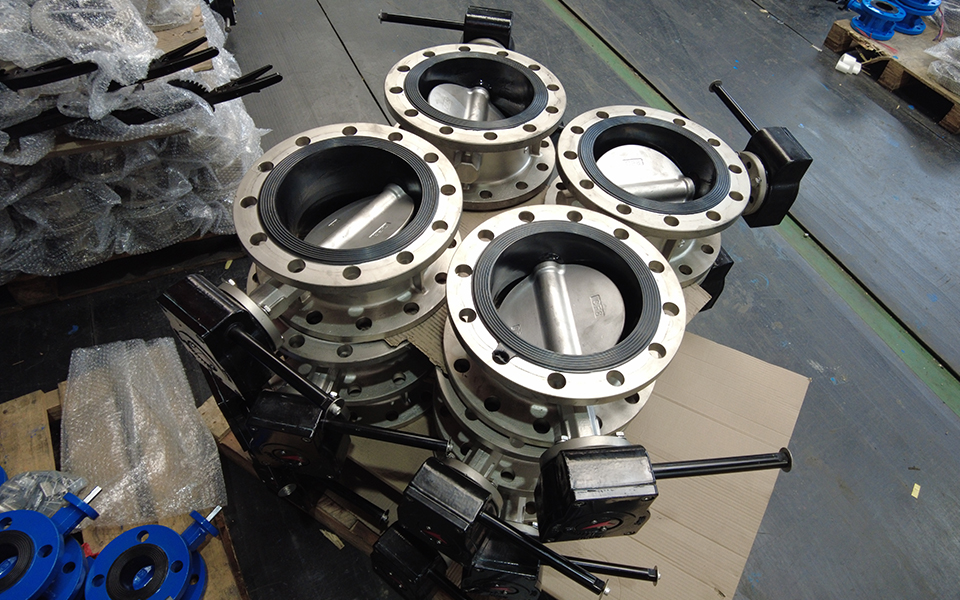INDUSTRY NEWS
The selection principle of butterfly valve
First, the choice of butterfly valve type
1. the flow characteristics of the butterfly valve is approximately straight, whether it is in line or eccentric type difference is not very big. Medium line type is suitable for regulating and small diameter process valves.
2.double eccentric and three eccentric butterfly valve how to choose, these two structures have the characteristics of quickly out, the more close the tighter, so how to choose the two structures?
As a soft seal with double eccentric, more convenient in processing and manufacturing. And three eccentric processing manufacturing is more complex, but it is more close the tighter the characteristics of the more prominent, and not easy to interfere, so it is more suitable for metal hard seal.
Two, the choice of butterfly valve caliber
The caliber selection of butterfly valve is mainly determined by the medium, flow or velocity flowing through the valve.
The liquid flow rate should not exceed 5m/s, the maximum is not more than 7 ~ 8m/s. Usually: the economic flow rate of water is 2 ~ 3m/s, the flow rate of low pressure gas is recommended to be 2 ~ 10m/s, and the flow rate of medium pressure gas is recommended to be 10 ~ 20m/s; For steam flow rates, it is recommended that low-pressure steam is 20-40m /s, medium-pressure steam is 40-60m /s, and high-pressure steam is 60-80m /s.
Of course, sometimes in order to reduce pressure loss, the valve is selected to be larger, so that the flow rate is lower, but if you want to adjust at a small flow rate can not do so.
Cavitation, the phenomenon of rapid evaporation and recondensation of a liquid flowing through an area of very low absolute pressure in a very short period of time, is not possible in an air stream because gases do not change their state at low pressure. When the fluid flows into an area of higher pressure, the bubbles suddenly condense and collapse or burst. The velocity of the burst polymerization may reach 110m/s and the high pressure 50MPa, resulting in impact damage to the wall surface. In order to avoid cavitation, some measures should be taken.
1. so that the flow rate is not large enough to produce such a low pressure.
2. the atmosphere into the low pressure area.
3. Reduce the pressure difference ΔpT≤FL2(p1-pVC), where pVC represents the pressure generated by blocking flow on the shrinkage section.
When the pressure difference on the valve p< Even if cavitation occurs at 1.5MPa, the damage to the material is not serious, so no special measures need to be taken.
From the material, generally speaking, the harder the material, the stronger the cavitation resistance.
When the butterfly valve does not produce cavitation, the general cavitation coefficient is σ≥2.5.
Three, the selection of butterfly valve material
The main material of butterfly valve should be determined according to the nature of the medium and the temperature and flow condition (whether there are particles, two-phase flow, etc.). Under normal circumstances, the user is required to put forward the valve body material, especially the valve body material under special conditions or harsh conditions. In most cases the body material is the same as or slightly higher than the line material.

